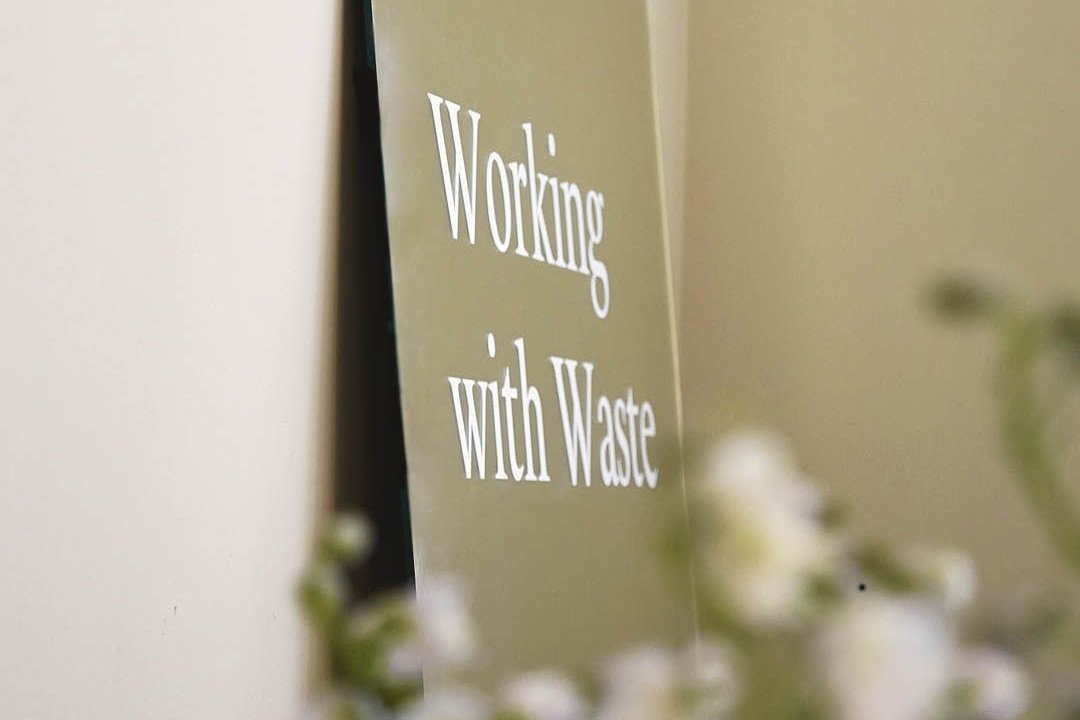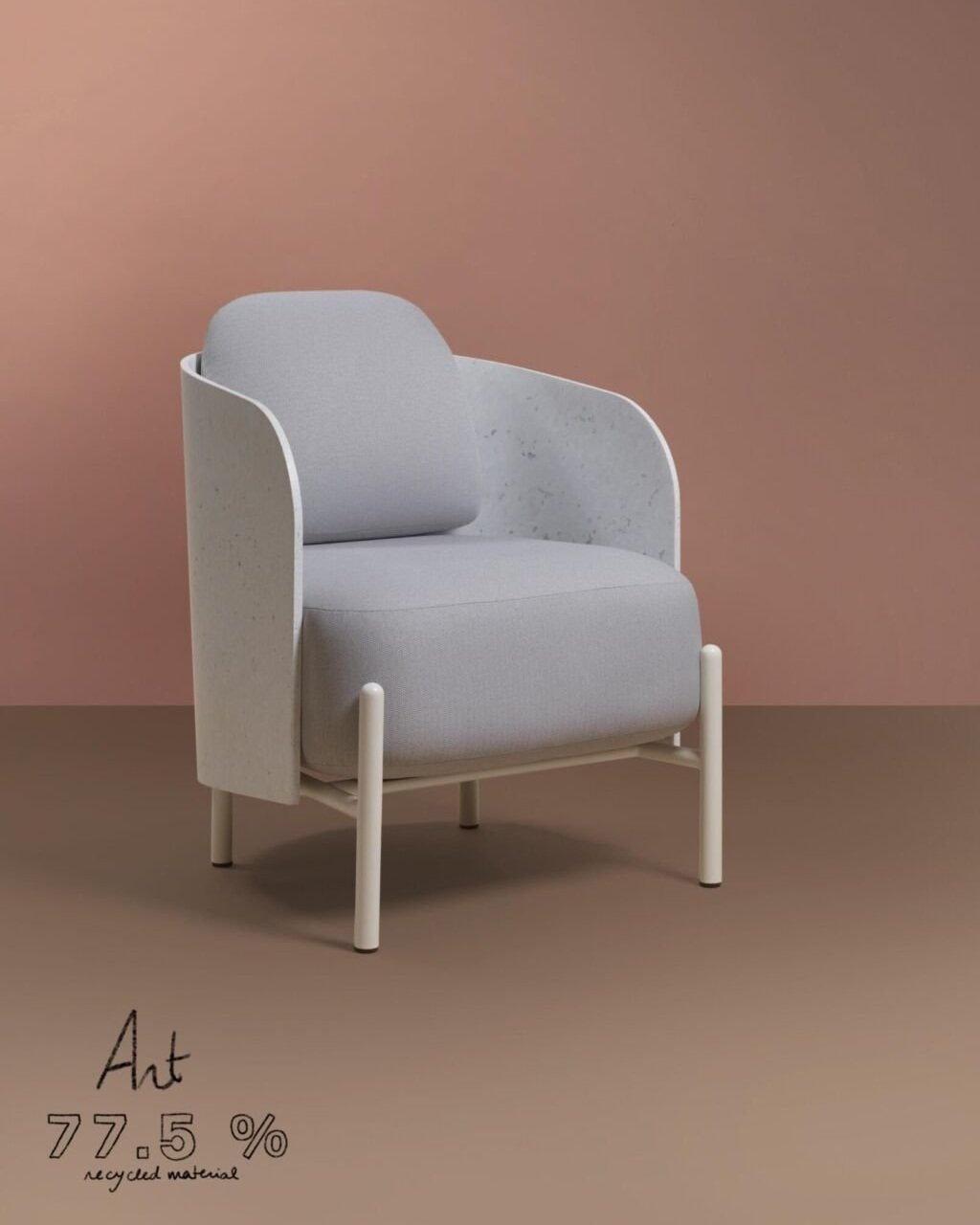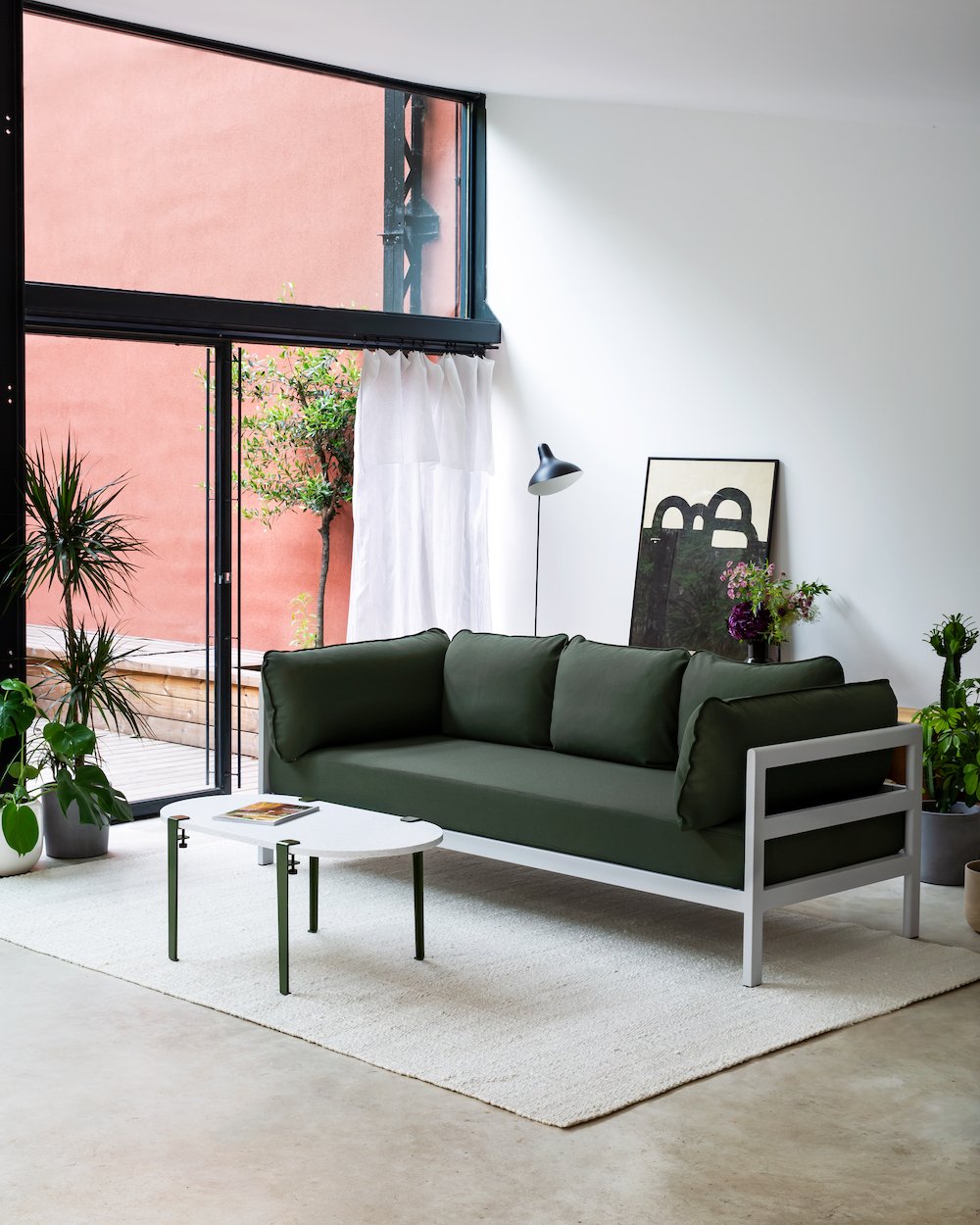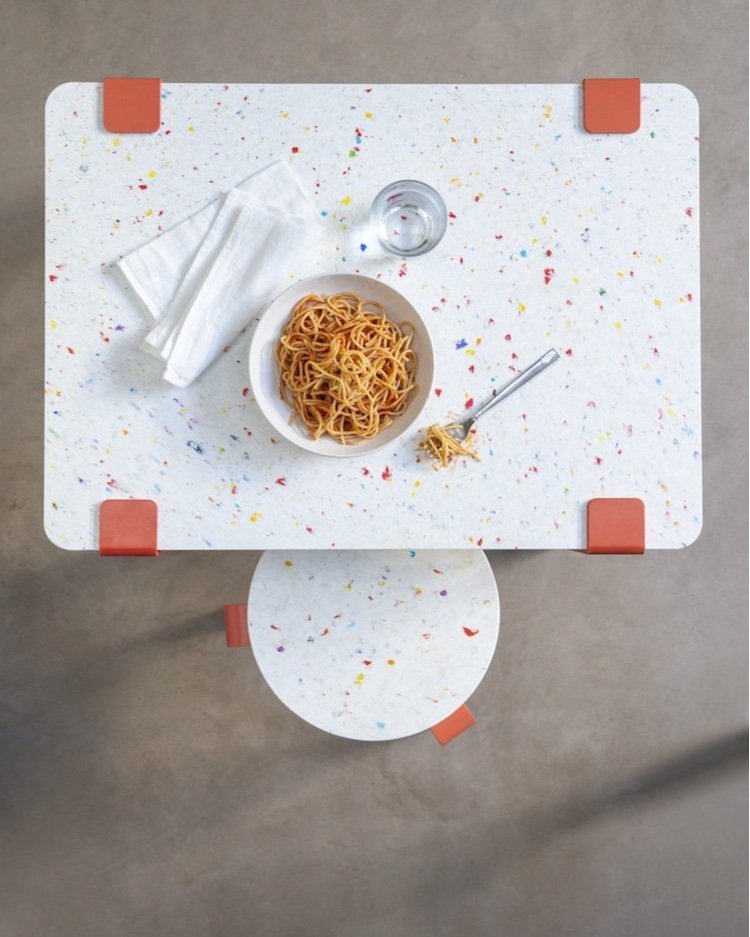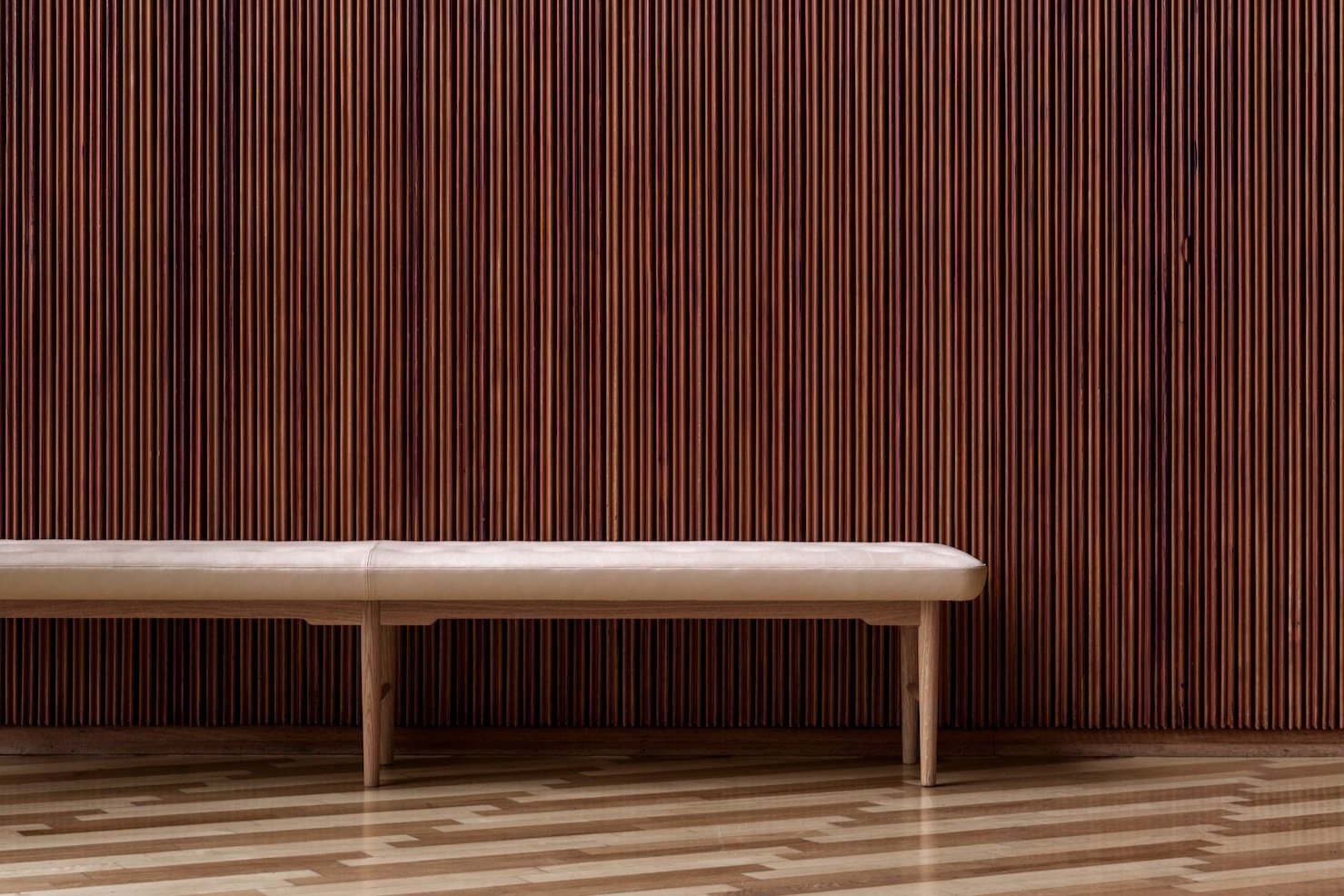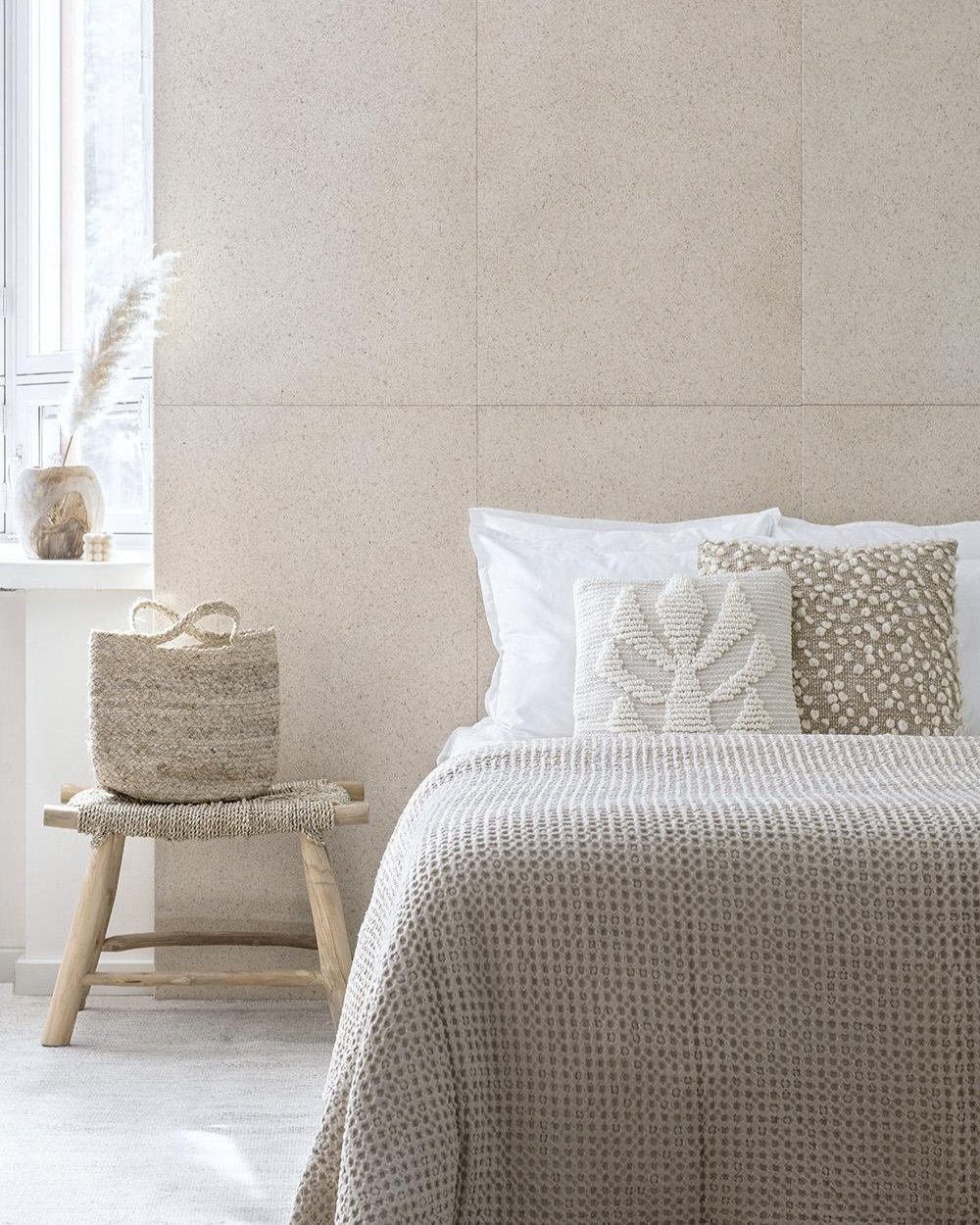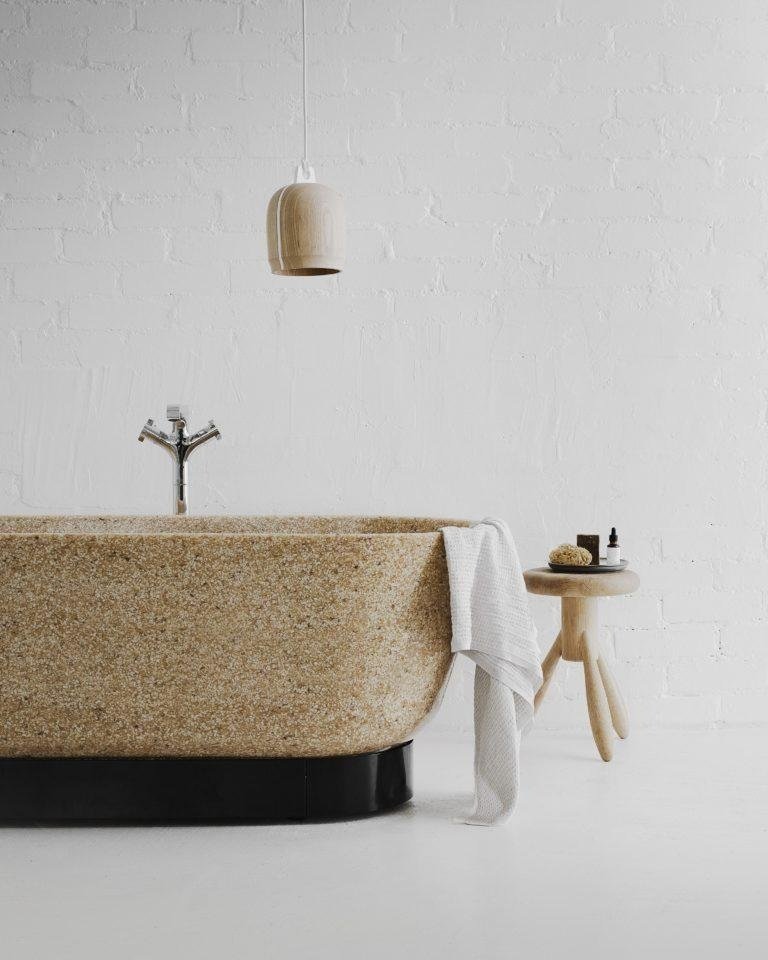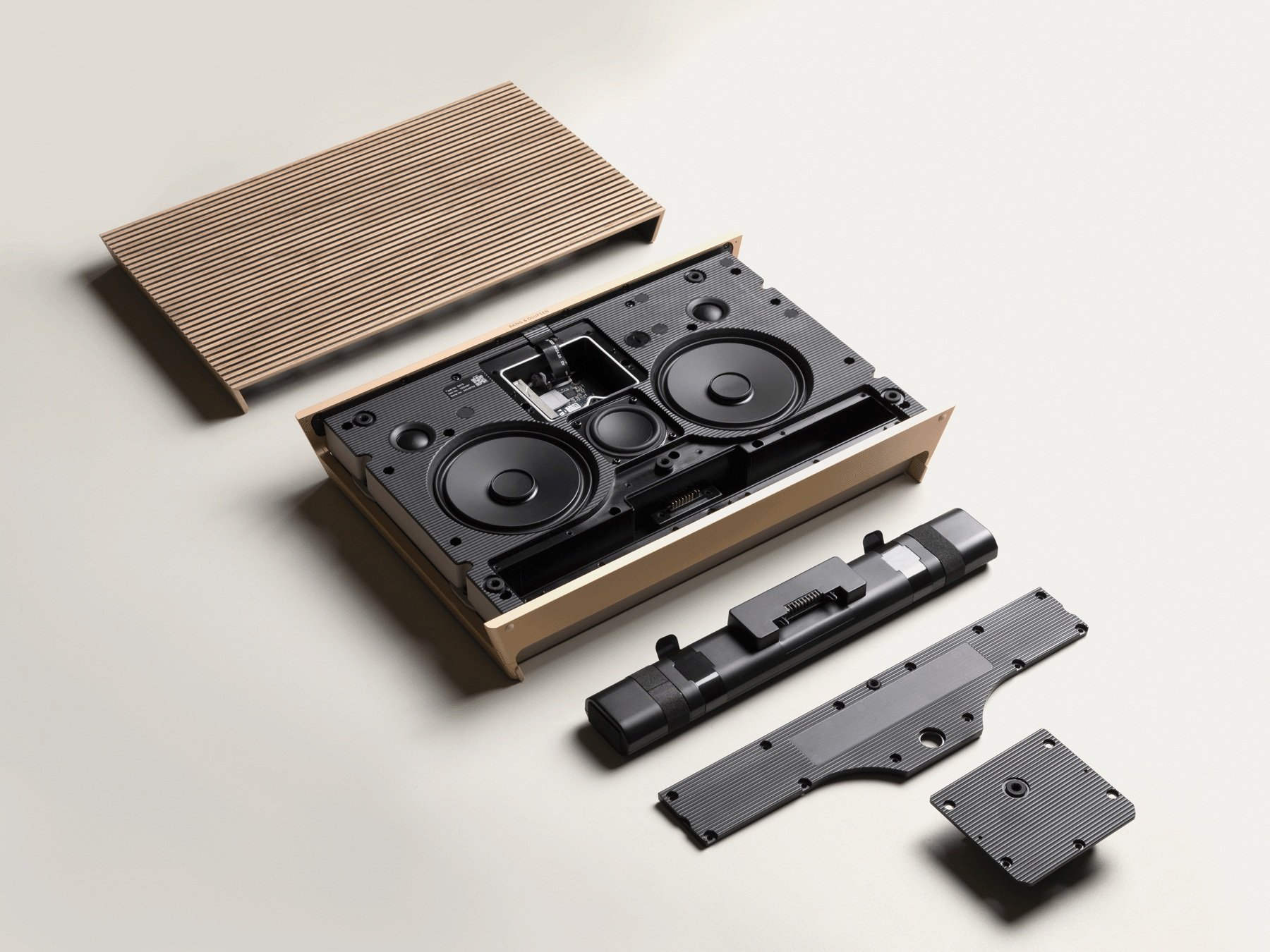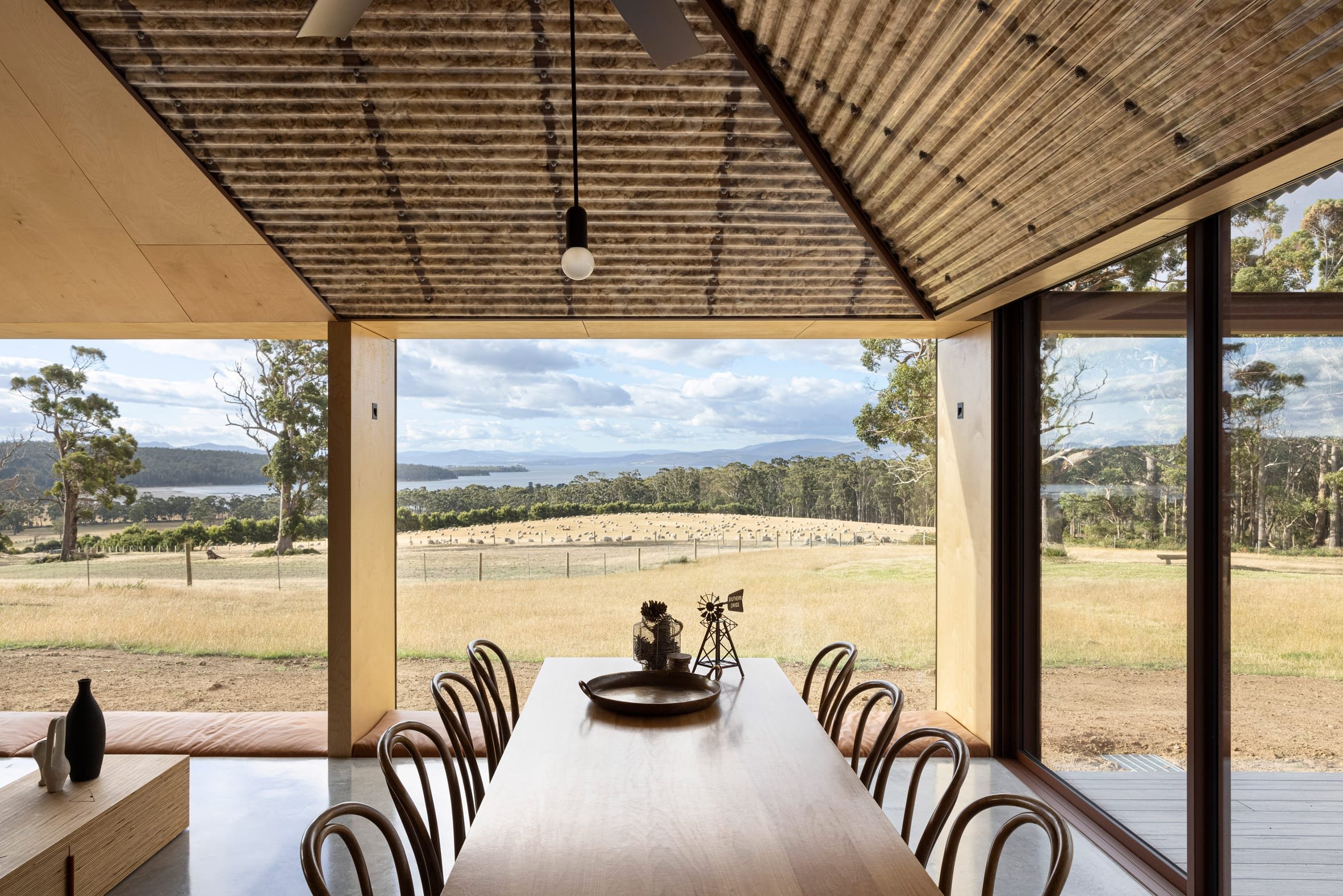Circular design: 8 brands that reduce waste
Mater
By and large, environmentalists agree that treating waste as a precious raw material is the only way to a healthier future, for both the planet and us. This re-thinking of our creative processes is at the core of the circular economy, led by designers on a mission to reduce waste. So who are the brands that pioneer circular design? Here’s my selection of 8 brands that turn materials from trash to cash.
What is circular design?
Maybe we should start at the begining. If you’re interested in sustainable interior design and reading this post, chances are you’ve heard about the circular economy. But if you haven’t, here’s a simple definition: the circular economy circulates products and materials in a closed loop, to eliminate waste and regenerate nature. As opposed to a linear economy where we produce, consume, and discard, circular design relies on recycling and repurposing materials to avoid creating new ones. In simple words, circular design turns waste into something beautiful, useful, and durable.
Striving to raise awareness and facilitate the transition from linear to circular, a number of initiatives support the work of designers and brands in the field and I wanted to give them a shout-out.
Danish initiative Maalbar calculates CO2 emissions from all sorts of products. Thanks to their simulations and detailed insights, brands can measure the impact of the decisions they take at the design stage.
Italian agency Soma Studio Milano provides a number of consulting services specifically catered to the circular economy. These include circular design strategies, market & material research, and the facilitation of collaborations with circular makers and suppliers. Their brand positioning and public relations take brands to the final step, to communicate their sustainable message the right way.
The upcycl is a platform that sources and sells waste materials, matching industrial scraps with the brands that need them. Each of the 300+ materials in their material bank is a waste product that was supposed to be discarded because it was too small or the wrong colour.
So now that we’ve covered the basics, let’s take a look at the design brands that reduce waste and pave the way to a healthier, more sustainable future. I’ve picked my favourite ones but I’m very happy to say there are many many more out there. There is so much worry and gloom around the state of our planet but every time I look at design I see amazing solutions being worked into our everyday life, and it fills me with hope.
NOMA
“Noble materials” is the meaning behind the name of this French company, because founders Guillaume Galloy and Bruce Ribay believe that “recycled materials are the noblest of materials today”. Because elegance, according to them, means surrounding yourself with beautiful, virtuous, and responsible objects. They are convinced that beauty is a powerful vector for change, that economic models today must be circular, and that everyone has the right to know where and how each part is made. And for the sake of total transparency, each object is accompanied by the recycling rate of each material it is made of. The chair Art, for example, comes with this adjoining certificate: plastic 100%, steel 30%, foam 35%, fabric 78%, and wood 100%.
And to spread its message as far as possible, the brand partners with influential names in contemporary design such as Sam Baron, Charlotte Juillard, Martino Gamper, A+A Cooren, and more.
Art 77,5% by Charlotte Juillard
Sen 93,7% by A+A Cooren
Plast 74,9% by Martino Gamper
Pedra 99,6% by Sam Baron
MATER
I’ve been closely following Mater since its launch in 2006, and I must say it’s one of the brands I’m most excited about out there. At the core of their work is the commitment to turn discarded materials into design pieces. These include plastic waste collected from large-scale industrial companies, upcycled aluminum from pipes and tubing, discarded fishing nets from the oceans, used beer kegs, roasted coffee beans, and spent grain waste from the brewing industry. All are washed, melted, granulated, moulded into new raw materials to make durable furniture. Each colour is obtained with different waste. For example, the Bowl waste edition table below comes in three versions: Coffee Waste Black and Light (a mix of coffee and plastic waste), and Wood Waste Grey (a mix of saw dust, plastic waste, and recycled fiberglass).
The Conscious Chair 3162, below, was designed by the renowned Danish furniture designer and architect Børge Mogensen and Esben Klint in 1958. It’s the first time that one of their designs is relaunched in a different material than the original, let alone in circular materials. It’s worth noting that the recycled plastic waste used in this chair comes from bathroom and kitchen fittings manufacturer GROHE.
As for the Bowl waste edition, it is designed for disassembly, meaning that each component can be upcycled into new production circles.
A mix of coffee bean waste and industrial plastic waste
Conscious Chair 3162 by Børge Mogensen & Esben Klint
Bowl Table by Ayush Kasliwal
Conscious Chair 3162 by Børge Mogensen & Esben Klint
TIPTOE
Recycled plastic, recycled fabric, recycled foam flakes, and upcycled wood from destroyed European buildings such as barns or old warehouses, TIPTOE “cherishes the idea of giving waste a second life.” The recycled wood means that each piece of furniture is unique, showing irregularities, knots, cracks, marks of old nails, and colour variations. Look at how the VERSAILLES coffee table uses reclaimed oak in the traditional Versailles parquet assembly method. The brand’s signature metal legs also allow you to change your tabletop any time you want in no time at all. And the confetti effect of the recycled plastic tabletops can be subtle and elegant, or bright and colourful, whether you’re thinking dining room or kids’ playroom.
For the EASY sofa, below, TIPTOE uses the recycled fabrics of Danish company Gabriel, which are made from 75% or 98% recycled polyester depending on the colours. They are machine washable, and also 100% recyclable at the end of their life.
EASY sofa by TIPTOE
VERSAILLES coffee table by TIPTOE
Recycled plastic by TIPTOE
Tutti Frutti recycled plastic by TIPTOE
CARL HANSEN & SON
Danish furniture maker Carl Hansen & Son is all about combining traditional craftsmanship with timeless design, which produces iconic, high-quality furniture akin to heirlooms. Family-run for 3 generations, the brand sees materials as precious natural resources, using every piece and scrap to its fullest. And that’s how residue wood and leather from furniture production is turned into beautiful home accessories, instead of going to waste. The sawdust that remains is turned into briquettes used to heat the factory and 400 local homes.
While the brand believes that one of the best strategies for sustainable living is to make and buy things that last, parts can be changed when they’re worn-out, and a buy-back program is offered in select stores.
Foyer series by Carl Hansen & Son
Tapas boards by Carl Hansen & Son
Wooden trays by Carl Hansen & Son
REVOL
We don’t often realise this but porcelain production, and ceramics in general, use a ton of water. To be moulded and shaped, on the wheel or by hand, clay needs to be kept wet at all times. The dirty water becomes loaded with clay residue and is usually thrown out. French tableware company Revol decided to recycle its industrial water waste to dramatically reduce the use of water and primary minerals in its process.
So how does it work you ask? The brand’s technology allows it to purify the dirty water full of clay, by separating the water and the mineral matter from the clays and enamels. It can then use the new pure water again, as well as create a new ceramic clay with the same technical properties as other Revol ceramics. Now the hotel and restaurant industry can source eco-friendly cookware and tableware made from Recyclay and recycled enamels.
No.W eco-collection by Revol
No.W eco-collection by Revol
WOODIO
This Finnish eco-design company brings together the coveted Nordic style and a bio-material innovation in modern bathroom products. Their 100% waterproof Woodio material is a combination of wood chips and resin-based binders, which really works the same as traditional ceramics but produces 0 waste on the way. The production technology doesn’t require energy-consuming steps, unlike, for example, the ceramics combustion process.
The chips are locally sourced aspen and birch from the Finnish forest industry side streams, so that the carbon footprint of a Woodio basin is 80% smaller than a similar-sized ceramic basin. In fact, the 2016-lauched brand has been so successful that it is now moving into applications beyond the bathroom, with wall coverings and kitchen accessories. And all products can be burned as energy at the end of their lifecycle!
Woodio
Woodio
Woodio
Woodio
BANG & OLUFSEN
When I go around a design week, you’ve got to work pretty hard to catch my eye. There are so many things to see and so little time. But last month at Paris Design Week, there was no way I was going to skip the talk of Mads Kogsgaard Hansen, Senior Global Manager for the Product Circularity and Classics Program at Bang & Olufsen. Why? Because the subject was “Longevity and Circularity”, and if you haven’t noticed yet, this is one of my favourite topics!
In essence, tech has a negative impact on the environment. But how can tech companies design for circularity? Is sustainable tech even a possibility? Bang & Olufsen believes so and in 2021 it became the first tech company to launch a circular product, the Beosound Level wireless home speaker. Every element can be taken out and serviced, repaired, upgraded, or customised, providing solutions to challenges such as tech obsolescence but also psychological obsolescence. During a workshop, I got to do it myself and if I can do it, I promise anyone can!
And mostly, it shows that a product’s second life does not have to be inferior in quality. In fact, it often becomes more desirable, because it now has a story.
Circularity workshop by Bang & Olufsen
Beosound Level by Bang & Olufsen
Beosound Level by Bang & Olufsen
Beosound Level by Bang & Olufsen
TARKETT
Do you know what is a Cradle to Cradle product? Let’s get a little technical. The Cradle to Cradle certification is the global standard for products that are safe, circular, and responsibly made. It is science-based and relies on factors such as material health, material reutilisation, carbon management, water usage, and social fairness. It builds on the assumption that everything is a resource for something else. Nothing is wasted. And Tarkett’s two new collections are Cradle to Cradle certified.
Not only is Tarkett Lino made from natural materials (linseed oil, pine resin, wood, cork flour, and jute) but is also fully recyclable post-use. Tarkett’s R&D team developed a method of separating the jute backing from the linoleum paste and optimising the recycling of both materials, with the linoleum paste being recycled into new linoleum flooring. Consumers can dispose of their old lino through Restart®, Tarkett’s take-back and recycling programme.
iQ Granit and iQ Eminent are also created with the health and sustainability standards of the Cradle to Cradle® principles. They use phthalate free plasticisers, do not contain biocides, and emit extremely low emissions of volatile organic compounds (VOCs) for improved indoor air quality.
Side note, Tarkett’s production site uses 100% renewable electricity, and its closed- loop installation means the water required during the heating and cooling of the whole production stages is constantly reused. And that’s how they generate 0% waste to landfill…
iQ Granit and iQ Eminent by Tarkett
Tarkett Lino
Tarkett Lino
